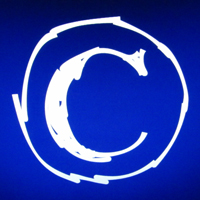- photo contests ▼
- photoshop contests ▼
- Tutorials ▼
- Social ▼Contact options
- Stats ▼Results and stats
- More ▼
- Help ▼Help and rules
- Login
Similar Photography Tutorials:
Printing and Archiving your Photos - Photography Tutorial

If we examine all the reasons there are for taking photographs, we think that most people would agree that the number one reason would be as a memory to be kept. You may be quite alarmed to realize then, that our digital photos are more vulnerable than ever to the ravages of time.
submitted: 5 years and 3909 days ago
What Is... ISO - Photography Tutorial
Understanding Image Types: JPEG and TIFF - Photography Tutorial

Knowing which image type to use ensures you can make the most of your digital photographs. Some image types are best for getting an optimal balance of quality and file size when storing your photos, while other image types enable you to more easily recover from a bad photograph. Countless image formats exist and new ones are always being added; in this section we will focus on options related to the two of the three formats most relevant to digital photography: JPEG and TIFF. The RAW file format is covered in a separate tutorial.
submitted: 5 years and 3909 days ago
Understanding Image Noise - Photography Tutorial

"Image noise" is the digital equivalent of film grain for analogue cameras. Alternatively, one can think of it as analogous to the subtle background hiss you may hear from your audio system at full volume. For digital images, this noise appears as random speckles on an otherwise smooth surface and can significantly degrade image quality.
submitted: 5 years and 3909 days ago







